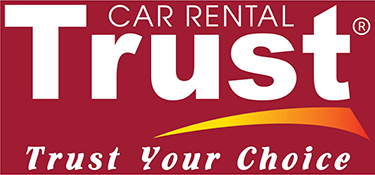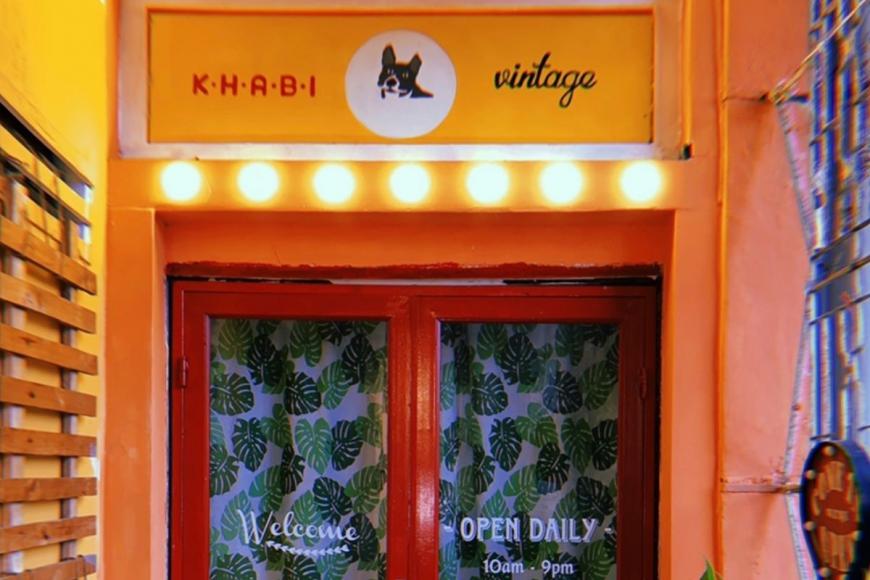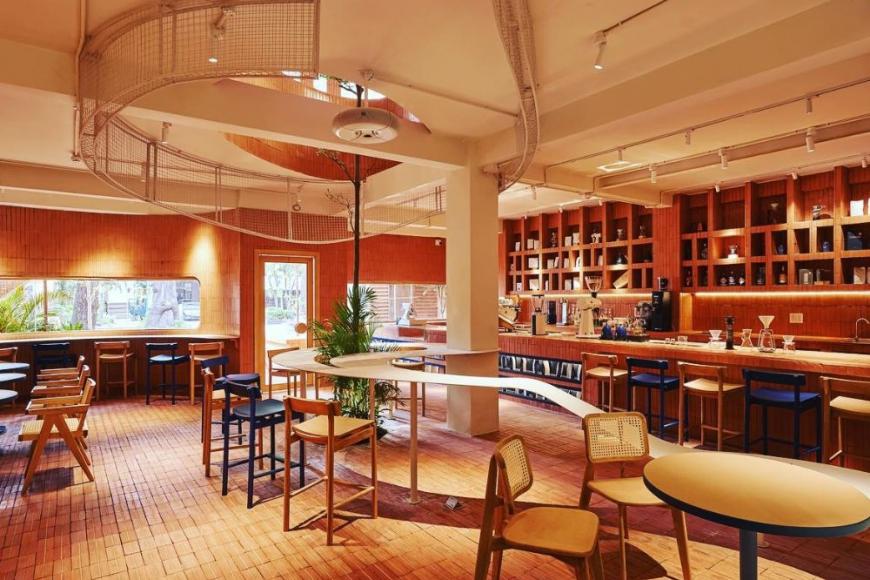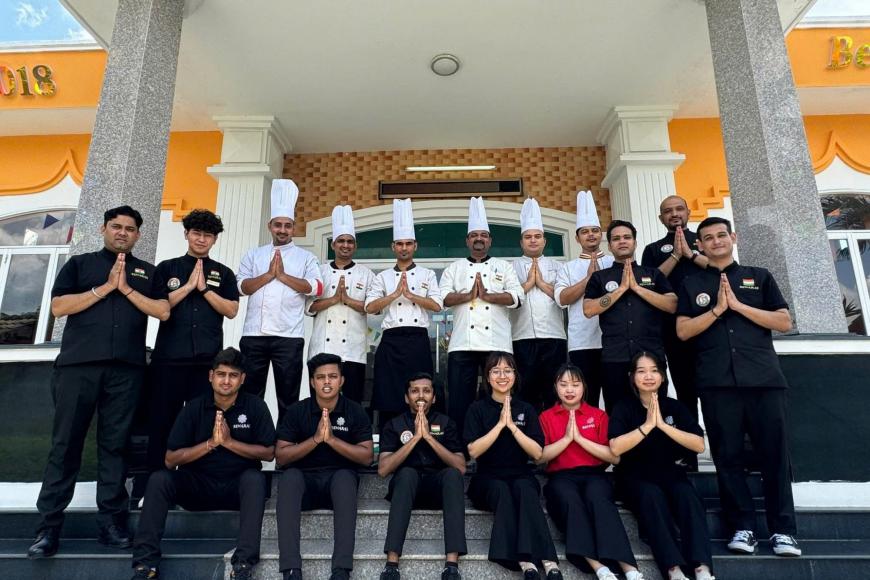- Nha Trang Travel Information
- Muine Travel Information
- Hue Travel information
- Cantho travel information
- Sapa travel information
- Ha Giang Travel Guide
- Ninh Binh Travel Information
- Quy Nhon Travel Information
- Vietnam Travel Information
- Hoian Travel Guide
- Vung Tau Travel Information
- Quang Binh Travel Information
- Phu Quoc Travel Information
- Ha Tinh Information
- Ca Mau information
- Quang Ninh Travel Information
- Tay Ninh Travel information
- Hoian travel guide
- Tien Giang travel guide
- Con Dao Travel information
- Ninh Thuan information
- Moc Chau information
- Danang Vietnam Travel Information
- Hanoi Travel Information
- Ho Chi Minh Travel Information
- Dalat Travel Information
HISTORY OF HO CHI MINH CITY: FROM FIRST ESTABLISHED TO THE PRESENT DAY
HISTORY OF HO CHI MINH CITY: FROM FIRST ESTABLISHED TO THE PRESENT DAY
- From old Saigon
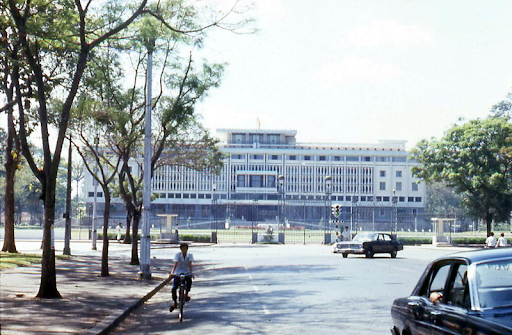
Following the fall of Saigon in 1975, Saigon was “officially” renamed Ho Chi Minh City. However, the old Saigon name is still used by both Vietnamese and foreigners, especially when referring to the most central part of the city to which most tourists flock.
Ho Chi Minh City formerly known as Saigon (The Pearl of the Far East). First established in 1698 and considered as an administrative unit under the Nguyen Dynasty, Saigon Gia Dinh attracted people from all over the country coming here to reclaim the land and settle. After more than a century and a half under Vietnamese rule, Saigon fell to an invading coalition of French and Spanish forces in 1859 and then became part of the colony of French Indochina. Then Saigon served as the capital city of South Vietnam from 1956 to 1975 till the unification of the country. After the “Fall of Saigon,” which the victors called the “Liberation of Saigon,” many Saigon residents fled to the U.S. and elsewhere, creating a Vietnamese diaspora. While in this sense the city shrank, it grew in that its borders were expanded to include its suburbs and its whole province.
- To Ho Chi Minh City Today
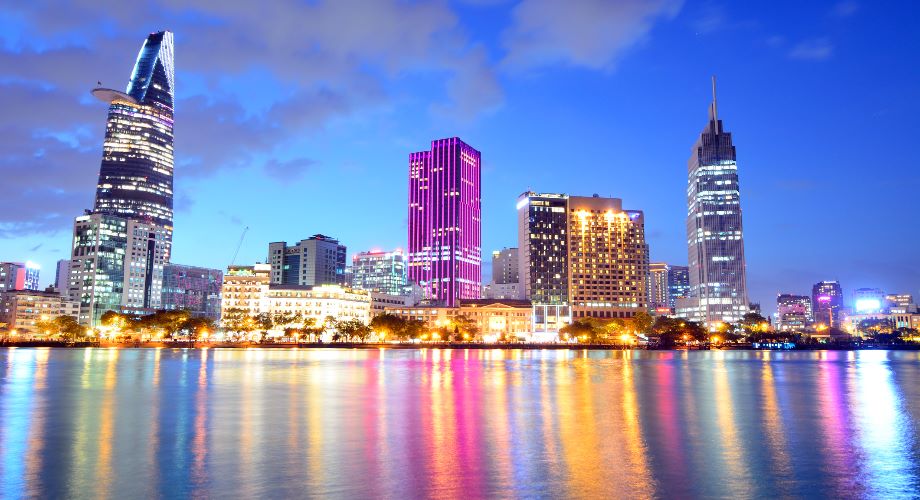
Today, Ho Chi Minh City is the largest city in Vietnam, having population of over 9 million people on the total area of over 2,000 km2. The city now comprises 19 districts and 5 suburban districts. District 1, along the Saigon River, where downtown Saigon is located, is the commercial center and contains most of the city’s monuments and landmarks. 8 km away in district 5 resides a big market or Cho Lon where Chinese community lives. With favorable weather the whole year round and the convenient access from other countries by air, by road and by sea, Ho Chi Minh City is a busy and dynamic metropolitan. The city has emerged as the center of commerce, economy, education, science and technology, health care and tourism of Vietnam. The economy of Ho Chi Minh City now contribute for one third of the country’s GDP. The city is fast in industrialization. The main light industries here include textiles and garments, footwear, plastics, food processing, electricity, automobiles, electronics, computers, rubber tires and mechanical products; handicrafts such as embroideries, bamboo and rattan wares, lacquer wares. Tourism also plays a very important role in the city economy.
- The main landmarks and tourist attractions in City
- Independence Palace
- Notre Dame Cathedral
- General Post Office
- Ben Thanh Market
- City Hall
- Nguyen Hue walking road
- War Remnants Museum
- The Jade Emperor Pagoda
- Bitexco Financial Tower
- Thien Hau Temple
- Binh Tay Market
- Municipal Theater (Opera House)
other
Saigon Opera House is the perfect destination to enjoy interesting performances and explore unique architecture. With the Western European style, tourists feel that you are in poetic Paris without Saigon city. Don't miss out on an opportunity to visit the Opera House when you come to Ho Chi Minh.
Are you looking for a fashion store with affordable price in Ho Chi Minh? 14 Ton That Dam is the perfect choice for you. Vietnam Trust Car Rental offers some fashion stores at 14 Ton That Dam that you refer. Let's explore it.
Enjoying a cup of Vietnamese coffee is an interesting experience when you travel in Vietnam. Ho Chi Minh city is known for its unique cafe culture with many kinds of cafes from traditional to international blends. You can enjoy delicious cafes at coffee shops in Ho Chi Minh city. These shops offer good drinks and stunning virtual living space, allowing many beautiful photos on the social platform. Refer some best view cafe shops in Saigon in this guide.
Are you looking for the best Cu Chi Indian restaurants in Ho Chi Minh After exploring the Cu Chi Tunnel Tour by private car ? Experience the delicious lunch with your family and friends with the top 4 best Cu Chi Indian restaurants in Ho Chi Minh in this guide. Let’s explore it.
Dam Sen Water Park is one of the best things to visit in Ho Chi Minh. Tourists can play together with kids, friends and explore many entertainment activities here. Each year, Dam Sen Water Park welcomes a large number of local and foreign tourists coming to Ho Chi Minh and choosing a destination for visiting.
